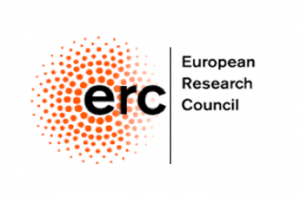Everyday Communication in Antiquity: Frames and Framings
One of the major contributions of modern-day sociolinguistics, as well as other disciplines such as cognitive and functional linguistics, is that it extended the notion of ‘meaning’ beyond the isolated word or clause, no longer exclusively viewing language as a vehicle for the transmission of facts and ideas. While historical languages were initially set aside from this research endeavor, because of the supposedly problematic nature of written data, nowadays historical sociolinguistics has come to maturity as a discipline, too.
When it comes to Ancient Greek, scholarship has mostly focused on literary sources, especially from the Classical period, even though more and more attention is now being paid to Post-classical and Byzantine sources, too (see Bentein and Janse 2020). To some extent, this exclusive focus on literary sources is surprising, since a wealth of non-literary sources has also been preserved. Non-literary papyri in particular form a fascinating object of study, since these sources were not transmitted through scribes in Medieval times, but rather give us access to the original communicative act.
For the past five years, members of the ERC project ‘Everyday Writing in Greco-Roman and Late Antique Egypt: A Socio-semiotic Study of Communicative Variation’ (www.evwrit.ugent.be), as well as various scholars affiliated to the project (www.evwrit.ugent.be/about-the-project/people/), have been studying the communication practices that are attested in everyday text types such as letters, petitions, and contracts, extending the historical sociolinguistic perspective to a historical socio-semiotic approach (see Bentein and Amory 2022), which also takes into consideration the contribution made by visual and material aspects of writing to the creation of social meaning. During this workshop, we would like to bring together the different findings and research strands that have originated from the project, thus illustrating some of the new insights that we have developed towards ancient communication.
In the past, papyrological scholarship has attempted to quantitatively connect linguistic features to particular aspects of the context of writing, but there are some disadvantages to this type of (Labovian) approach: (i) it seems to suggest that social categories are directly indexed by specific linguistic features, whereas in reality meaning-making is much more fluid; (ii) it does not allow for the updating and redefinition of meaning making inside one and the same text; (iii) the social categories that are included in the analysis belong to a limited set of pre-defined macrotextual variables (such as gender, status, formality, etc.), to the exclusion of larger or smaller variables (like cultures or text structures), or alternative ones (like erudition, competitiveness, etc.). In order to counter such problems, we explore a frame-based approach towards communication, inspired by recent work in interactional sociolinguistics (e.g. Gordon 2009).

The EVWRIT project has received funding from the European Union’s Horizon 2020 research and innovation programme under grant agreement No 756487.